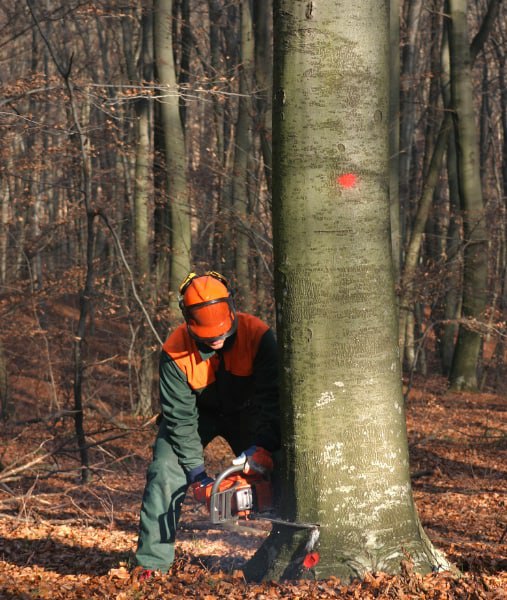
Introduction: When we think of trees, we often focus on their towering canopies and lush foliage, but there’s an entire world hidden beneath the soil equally vital to a tree’s survival and well-being. In this blog post, we’ll delve into the secret life of tree roots, exploring the hidden half that plays a crucial role in the life of every tree. As experts in tree care, Rochester Tree Surgeons knows that understanding tree roots is essential for maintaining healthy and thriving trees.
The Role of Roots
Tree roots are the unsung heroes of the plant world, performing a range of vital functions that are essential for the tree’s health and growth:
- Anchorage: Roots anchor the tree to the soil, providing stability and preventing it from toppling over in strong winds or storms.
- Water Absorption: Roots absorb water from the soil, which is essential for the tree’s hydration and the transport of nutrients throughout the plant.
- Nutrient Uptake: Roots also absorb essential minerals and nutrients from the soil, including nitrogen, phosphorus, and potassium, which are crucial for tree growth.
- Storage: Some tree roots, like taproots, serve as storage organs, storing water and carbohydrates for drought or winter dormancy.
- Support for Beneficial Microorganisms: Tree roots foster a diverse ecosystem of beneficial microorganisms, including mycorrhizal fungi, which help nutrient absorption and disease resistance.
Types of Roots
- Taproot: Some trees, like oaks and pines, have a single, deep taproot that grows straight into the soil, providing stability and access to deeper water and nutrients.
- Fibrous Roots: Like maples and most fruit trees, other trees have a shallow root system with numerous smaller roots that spread horizontally near the surface.
- Adventitious Roots: Some trees can develop adventitious roots, which grow from unusual places like branches or stems, providing additional support or access to resources.
The Root Zone
The area surrounding a tree’s roots, known as the root zone or the critical root zone (CRZ), is crucial for the tree’s health. Disturbances in this area can significantly impact the tree’s well-being. It’s important to:
- Avoid Compaction: Due to construction, heavy machinery, or excessive foot traffic, soil compaction can damage roots and hinder water and nutrient uptake.
- Mulch Properly: Applying mulch around the tree’s base helps retain moisture, regulate temperature, and protect roots from damage. Ensure the mulch does not touch the tree trunk.
- Prune Carefully: Pruning tree roots should only be done by professionals to prevent harm to the tree.
- Monitor for Signs of Stress: Keep an eye out for signs of root stress, such as wilting, yellowing leaves, or dieback, and promptly address any issues.
Conclusion: The secret life of tree roots is a fascinating and vital aspect of a tree’s existence. Understanding and caring for a tree’s root system is essential for its health and longevity. As experts in tree care, Rochester Tree Surgeons recognise the significance of the hidden half and is committed to preserving and maintaining the root health of the trees in our care. Remember, healthy roots mean healthy trees; a healthy tree benefits us all through its beauty, oxygen production, and environmental contributions.
Call us on: 01634 557398
Click here to find out more about Rochester Tree Surgeons
Click here to complete our contact form and see how we can help with your tree’s needs.